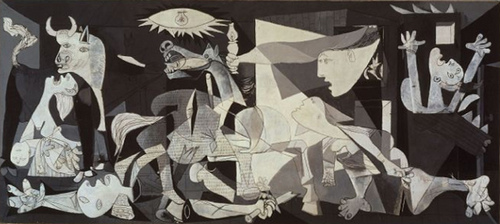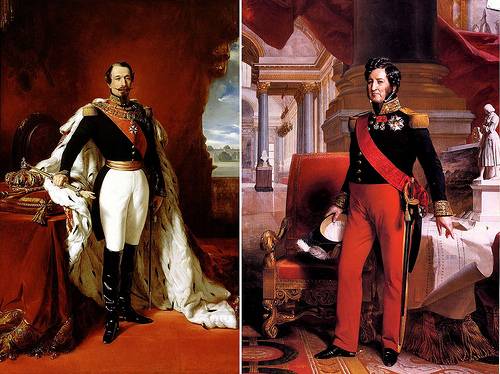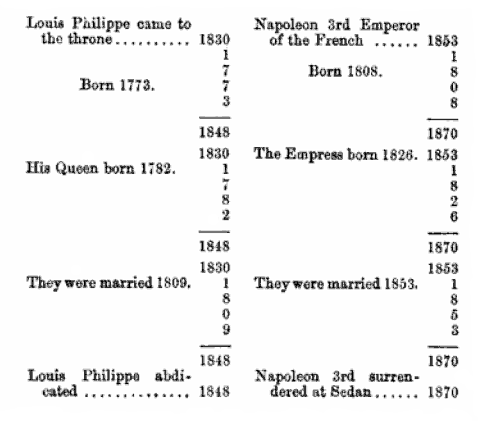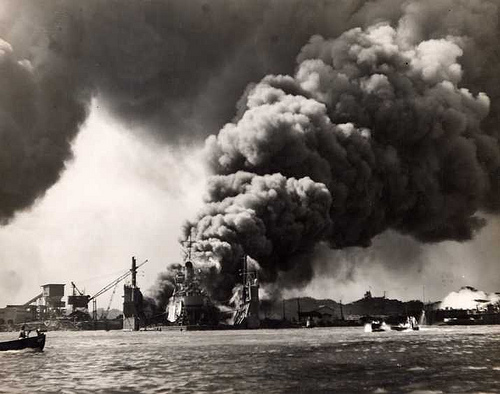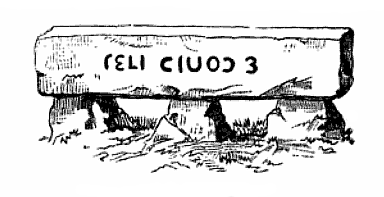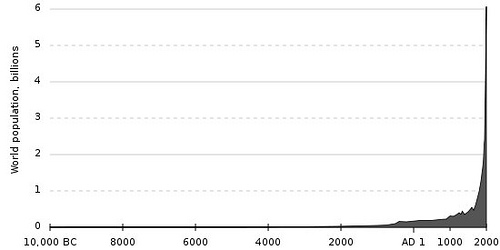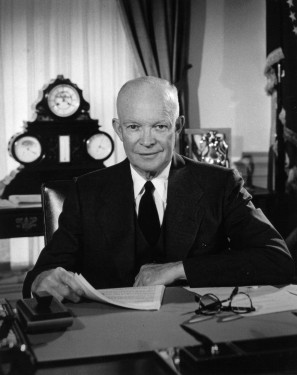
Dwight Eisenhower’s elliptical speaking style exasperated the Washington press corps. Journalist Oliver Jensen rewrote the Gettysburg Address as Ike would have delivered it:
I haven’t checked these figures, but 87 years ago, I think it was, a number of individuals organized a governmental setup here in this country, I believe it covered certain eastern areas, with this idea they were following up based on a sort of national independence arrangement and the program that every individual is just as good as every other individual. Well, now, of course, we are dealing with this big difference of opinion, civil disturbance you might say, although I don’t like to appear to take sides or name any individuals, and the point is naturally to check up, by actual experience in the field, to see whether any governmental setup with a basis like the one I was mentioning has any validity and find out whether that dedication by those early individuals will pay off in lasting values and things of that kind. …
Now frankly, our job, the living individuals’s job here, is to pick up the burden and sink the putt they made these big efforts here for. It is our job to get on with the assignment–and from these deceased fine individuals to take extra inspiration, you could call it, for the same theories about the setup for which they made such a big contribution. We have to make up our minds right here and now, as I see it, that they didn’t put out all that blood, perspiration and–well–that they didn’t just make a dry run here, and that all of us here, under God, that is, the God of our choice, shall beef up this idea about freedom and liberty and those kind of arrangements, and that government of all individuals, by all individuals and for the individuals, shall not pass out of the world-picture.

